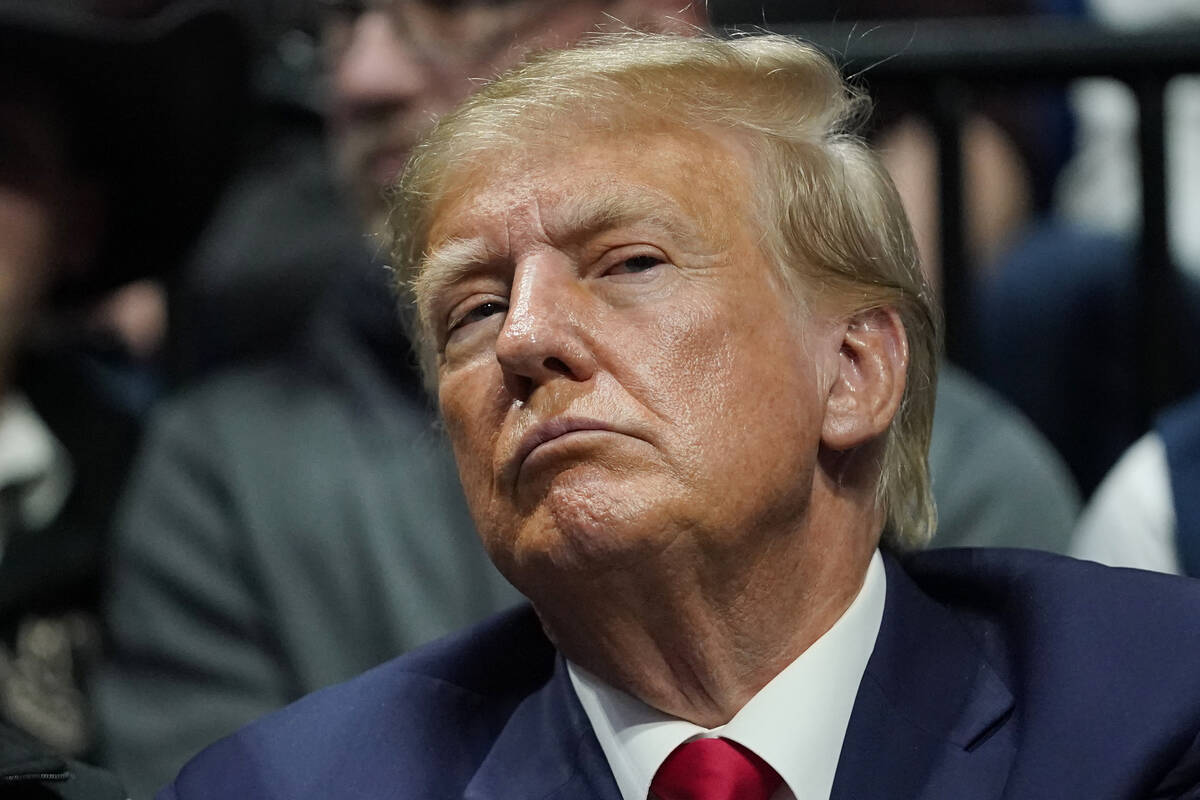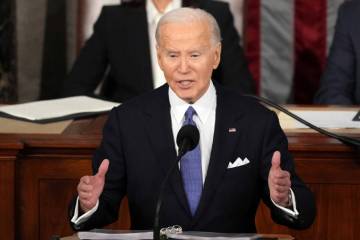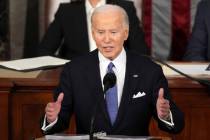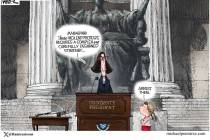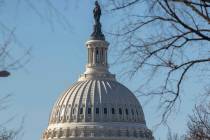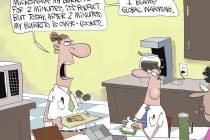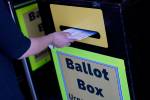COMMENTARY: Yes, Trump lost in Nevada
What happened to the claim that more than 16,000 duplicate votes were cast in Nevada during the 2020 presidential election? I disproved it. I am the man who was hired right after the election by former President Donald Trump’s campaign to look for voter fraud.
The campaign’s lawyers (the careful ones) relied upon me and my team to perform due diligence on fraud claims made by others. I knew right away that the data was bad and that only a few of the 16,000 pairs of votes would be real duplicates.
During our investigation I discovered two problems with the analysis behind the Nevada claim: 1) Whoever did the analysis did not differentiate between duplicate registrations and duplicate votes, and, 2) the analysis did not consider that two people can share the same name and birthdate, an issue that makes 90 percent of this sort of matching wrong. I found only two couples who had cast votes in Nevada and California. Our analysis showed that the claims were false, and the Trump campaign lawyers stopped a lawsuit that was based on flawed data.
But that wasn’t to be the end of it.
Much time, effort, and money was spent in Nevada trying to find proof for the claim that some kind of fraud caused Trump’s 2020 election loss. While there are many remarkable elements to the voter fraud narrative, it amazes me that the most straightforward explanations for Trump’s loss are overlooked. And let’s be clear: More than three years post-election, there is no evidence that Nevada’s election officials certified the wrong winner in 2020, even though the margin of victory was more than 33,000 votes.
What are the obvious explanations as to why Trump lost? To begin with, Trump lost by more than 27,000 votes in 2016 and then lost by even more votes in 2020. The last time a Republican won a presidential election in Nevada was in 2004. The state leans blue, and Trump’s losses here are demographic in nature.
An astonishing fact emerged when I compared the 2016 and 2020 election results.
In Clark County, Nevada’s largest and most urban county, Trump took a higher percentage of the vote in 2020 than he did in 2016. Clark County is a blue county — it went Democratic in 2016 and 2020. Trump’s improved performance in Clark County in 2020 contradicts the voter fraud narrative.
There’s another reason for Trump’s loss. Aside from the fact that Nevada is a blue state, he told moderate Republicans to take a hike, and these voters did as they were told. How can a candidate so concerned about a few thousand imaginarily fraudulent votes be so cavalier about spurning millions of middle-of-the-road conservative voters across the country?
The proof comes from the Trump campaign’s pollster. Tony Fabrizio documented this loss of moderate GOP support in a December 2020 exit polling report compiled across the swing states commissioned by the Trump campaign. Politico.com obtained this internal campaign document and has it on its website.
You would think that this would be enough to convince most people, but you’d be wrong.
After I showed the campaign’s lawyers why the Nevada claim was false, they reached out to the lawyer who was preparing to file the lawsuit to inform them that the lawsuit should not proceed. At first, the lawyer indicated that the lawsuit would be filed, even after I provided proof that the votes were not duplicated. Only after a written warning that the lawsuit would be based upon false data was the lawsuit abandoned.
I was never told who the lawyer behind this lawsuit was. However, in 2021, an agitated man I did not know confronted me after a meeting. He demanded to know why the data for the Nevada lawsuit was bad. His name was John Eastman.
Ken Block owns Simpatico Software Systems and is the author of “Disproven — My Unbiased Search for Voter Fraud for the Trump Campaign, the Data That Shows Why He Lost and How We Can Improve Our Elections.”



